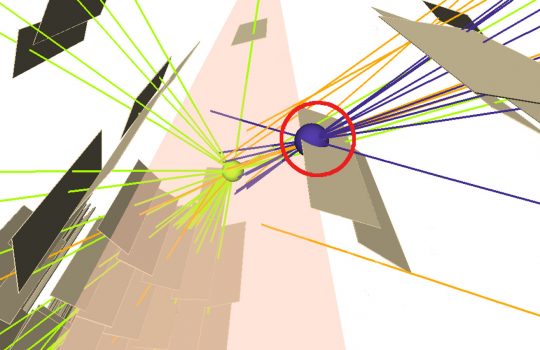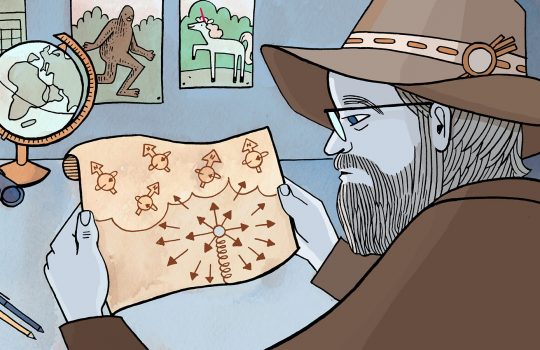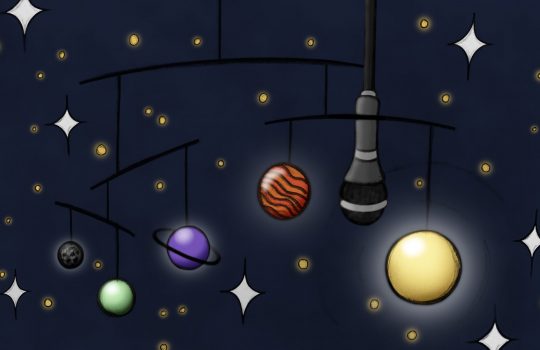James Cronin (1931–2016)
From Nature, Sept. 22, 2016: Cronin, scientist at the University of Chicago and who held leadership position at Fermilab, won the Nobel Prize for the discovery of violations of fundamental symmetry principles in the decay of neutral K mesons.



